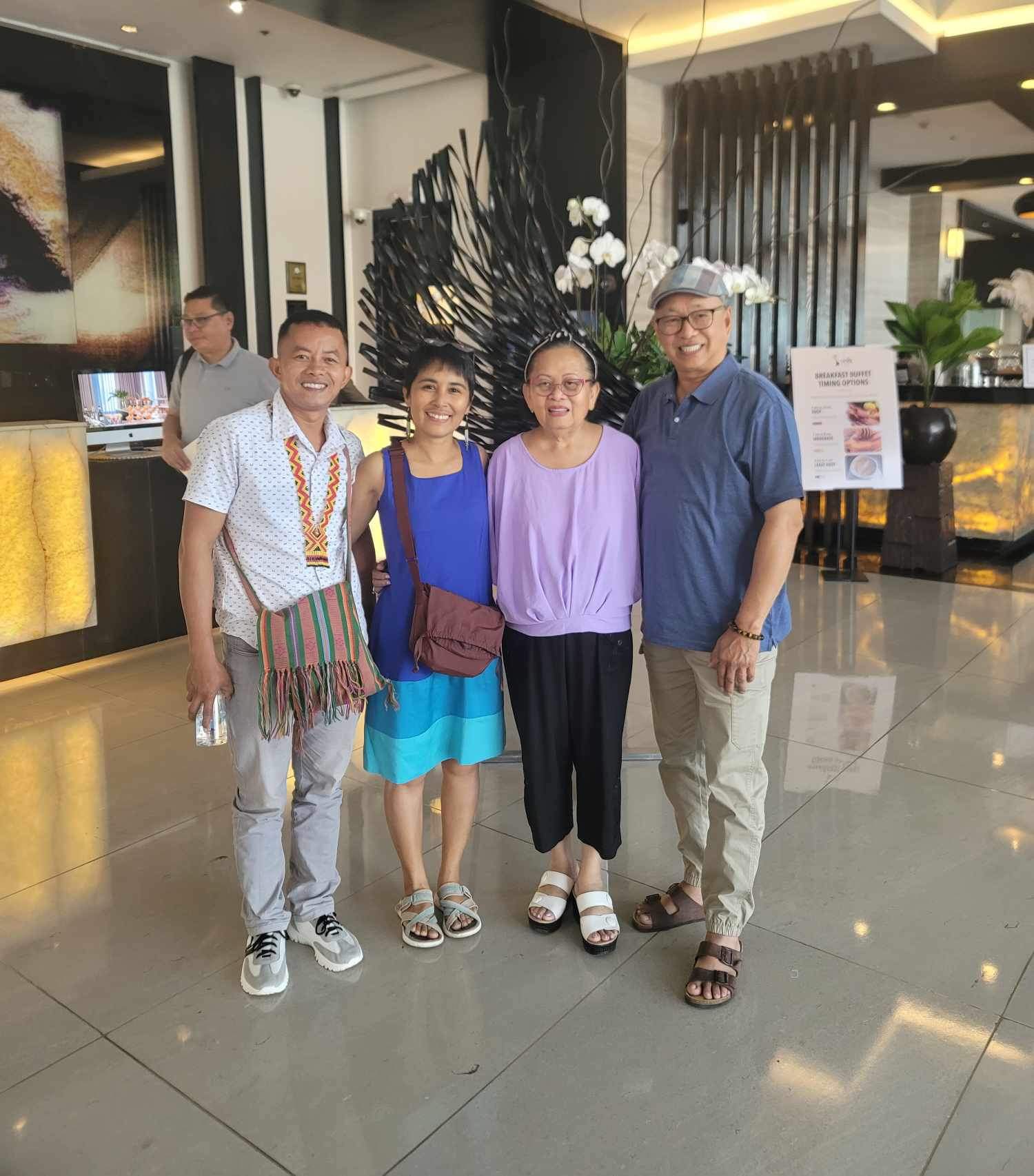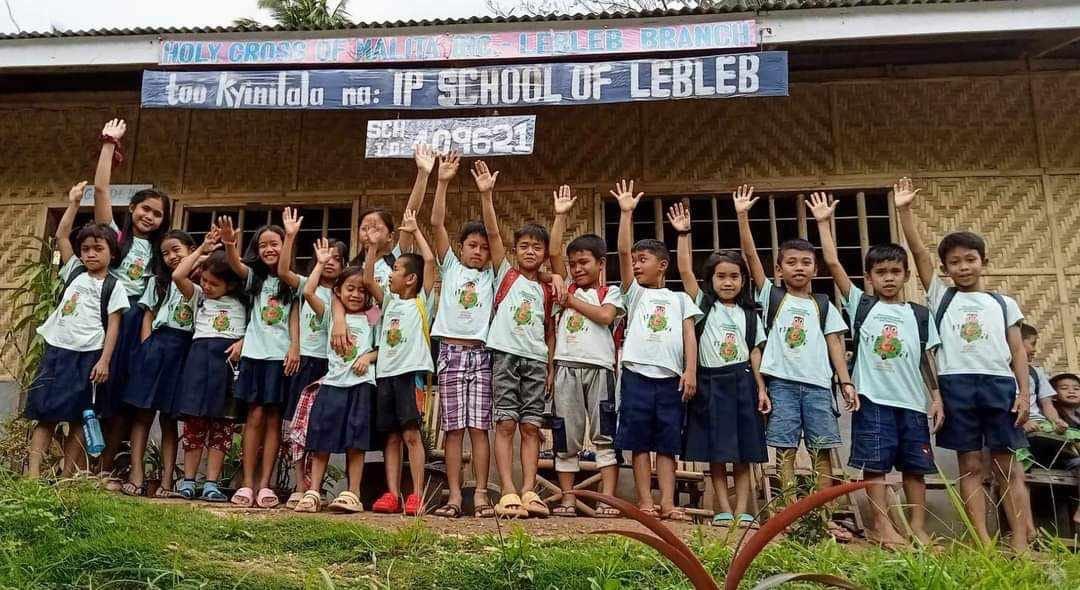
In the picture: left Mr. Helbert Pamat and Ms. Matét Gonzalo with Eloisa and Dan Dominguez of MTIAS.
DAN: As I continue my journey of representing our FEU-NRMF MTIAS, I am truly humbled by the opportunity to make a difference in the lives of others thru our society’s donation to the people of the Malita Tagakaulo Mission (MATAMIS) IP Education Ministry. The financial support is of great help for the education of the 190 Tagakaulo children in the three IP schools administered by MATAMIS.
I truly admire the passion of both Ms. Matét Gonzalo, the IP Education Ministry Director and her colleague, Mr. Helbert Pamat, Coordinator IP School of Lebleb. Their life story is a testament to their struggles, sacrifice, hard work, and commitment to make the lives of their IP (Indigenous People) community better. They are sacrificing their own personal well-being to be of service to their people. How admirable! We hope to visit their IP community next year. Thank you for the moment. Mission accomplished!


IP of the Philippines
Although not accurate, the population estimate of indigenous peoples in the Philippines is 12 million. Many of them reside in the uplands, while some are in coastal villages (De Vera, 2007). The indigenous population is about 14% of the country’s total population. The report of De Vera (2007) notes that there are 110 indigenous groups in the Philippines, many of which reside on the islands of Mindanao (e.g., Manobo) and Northern (e.g., Ifugao) and Southern Luzon (e.g., Mangyan, Tagbanwa). The indigenous peoples are generally dependent on agriculture, although some indigenous groups like those in the island provinces are dependent on fishing.
Source:
Teaching Philippine Indigenous Cultures
Modules for Higher Education Institutions
Hazel T. Biana, Ph.D.
Melvin A. Jabar, Ph.D. Homer J. Yabut, Ph.D. Crisanto Q. Regadio, Jr., Ph.D. Cand.
In Mindanao, the coastal areas along the Davao Gulf and the interior hinterlands of southeastern Mindanao are the home of the Lumads. “Lumad” is the generic term used to refer to the indigenous peoples of Mindanao. They are considered to comprise the largest number of indigenous peoples in the country. The 18 groups that compose the Lumad include the following: Subanen, B’laan, T’boli, Mandaya, Mansaka, Tiruray, Higaonon, Manobo, Bagobo, Bukidnon, Tagakaolo, Ubo, Banwaon, Kalagan, Dibabawon, Talaandig, Mamanwa and Manguangan.
Source:
De Vera, D. (2007). Indigenous peoples in the Philippines: A Case Study. Retrieved from http://www.iapad.org/wp-content/uploads/2015/07/devera_ip_phl.pdf
PLEASE HELP US WITH THIS GREAT PROJECT!
Our works with the IP of the Philippines specially the Tagakaolo people of Malita, Davao Occidental can only continue with your support. To donate any amount which is tax deductible go to this link: Outreach Donation
